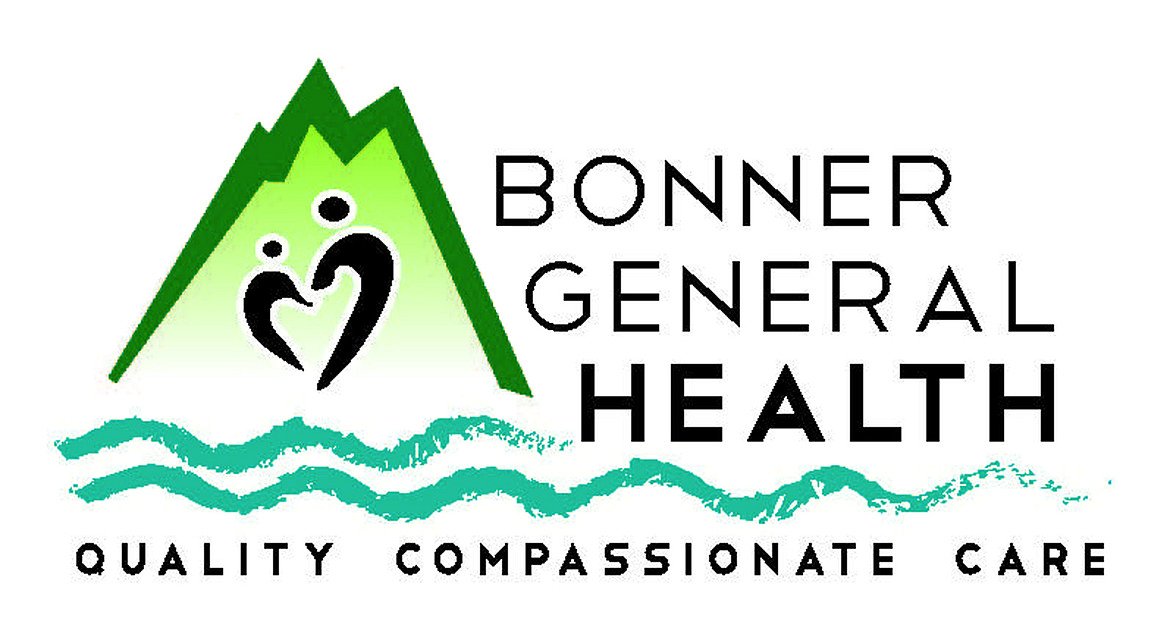Respiratory therapists help us to keep breathing
At my father’s ninetieth birthday party, a cousin asked him how he’d lived so long. He looked at her for a long time and then said, “I don’t know. I just keep breathing.” For that, he might have thanked a respiratory therapist.
And, we all might think about thanking respiratory therapists this week. Why? Because in 1982, President Ronald Reagan declared the third week of October as National Respiratory Care Week.
Although a relatively recent certified discipline, respiratory therapy has been around since the days of Hippocrates when in 410 BC, he advocated for the use of “air treatments.” In the late 1700s, an English physician named Thomas Beddoes was treating patients suffering tuberculosis when he hit on the phenomenon that butchers seemed to suffer less from the effects of the disease than the general public.
He determined that it had to do with cows’ breath. So he kept a herd of cows in a shed alongside his building and “encouraged them to breathe on his patients.” True story. It’s on Wikipedia. “This became the source of local ridicule,” the article said. You think? Anyway, he established an institution for treating disease by inhaling different gases, which he called pneumatic medicine.
In the 1940s, Edwin R. Levine, MD, began training medical staff to perform respiratory therapy. In Egan’s Fundamentals of Respiratory Care, it says, “The development of positive-pressure breathing during World War II for breathing support of high-altitude pilots led to its use of a method to treat pulmonary patients and deliver aerosol medications during the 1950s.”
And, from there, respiratory therapy expanded. Today, respiratory therapists are certified medical professionals who work closely with physicians to treat breathing and airway problems that can stem from a multitude of conditions such as chronic obstructive pulmonary disease (COPD), asthma, bronchitis, cystic fibrosis, spinal muscular dystrophy, Parkinson’s disease, amyotrophic lateral sclerosis (Lou Gehrig’s disease), and sleep apnea.
Respiratory therapists also work with auto accidents and other trauma victims who cannot breathe on their own. And they treat babies who are born prematurely before their lungs are fully grown.
COVID-19 patients with acute respiratory distress syndrome, a severe condition that can also occur in patients after an accident, are treated expertly by respiratory therapists. WebMD says, “The respiratory therapy you need depends largely on whether you’re in the hospital, how seriously ill you are, and the reason behind your breathing issues.”
Tracy Autler, RN, MSN, MBA, Chief Nursing Officer and Compliance Officer at Bonner General Hospital, said, “The staff has been incredibly taxed during COVID-19 because the oxygen and respiratory demands of the patients are so much greater than in patients previous to the pandemic. The severity of this virus and the intensity of managing ventilators and other life-saving measures is high and intense.
According to the Bureau of Labor Statistics, the employment of respiratory therapists is projected to grow 23 percent from 2020 to 2030. Which they say is “much faster than the average for all occupations.”
Respiratory therapists can earn an entry-level certification by earning an Associate of Science in Respiratory Care degree (CRT). Those who pursue a Bachelor of Health Science in Respiratory Care degree are credentialed as Registered Respiratory Therapist (RRT).
Although there are opportunities for out-patient respiratory therapists, most respiratory therapists work in hospitals, often in intensive care units. To give you an idea of staffing needs, at BGH, there are nine respiratory therapists. And, right now, it’s all hands on deck fighting the coronavirus.
Autler said that “the demand on the cardiopulmonary department at BGH is nothing like we have seen previously. It would be impossible to treat COVID-19 patients without the skill and expertise of respiratory therapists. They are the backbone of fighting this pandemic and saving lives.”
If you’re thinking about a medical career, check out becoming a respiratory therapist. ExporeHealthCareers.org says that respiratory therapists’ knowledge “enables them to effectively assess, educate and treat patients with cardiopulmonary disorders.” I promise you won’t have to smell cow breath. But, if you want to get up close and personal to a cow, go ahead. Then thank a respiratory therapist for helping us all breathe.
Kathy Hubbard is a member of the Bonner General Health Foundation Advisory Council. She can be reached at kathyleehubbard@yahoo.com.

